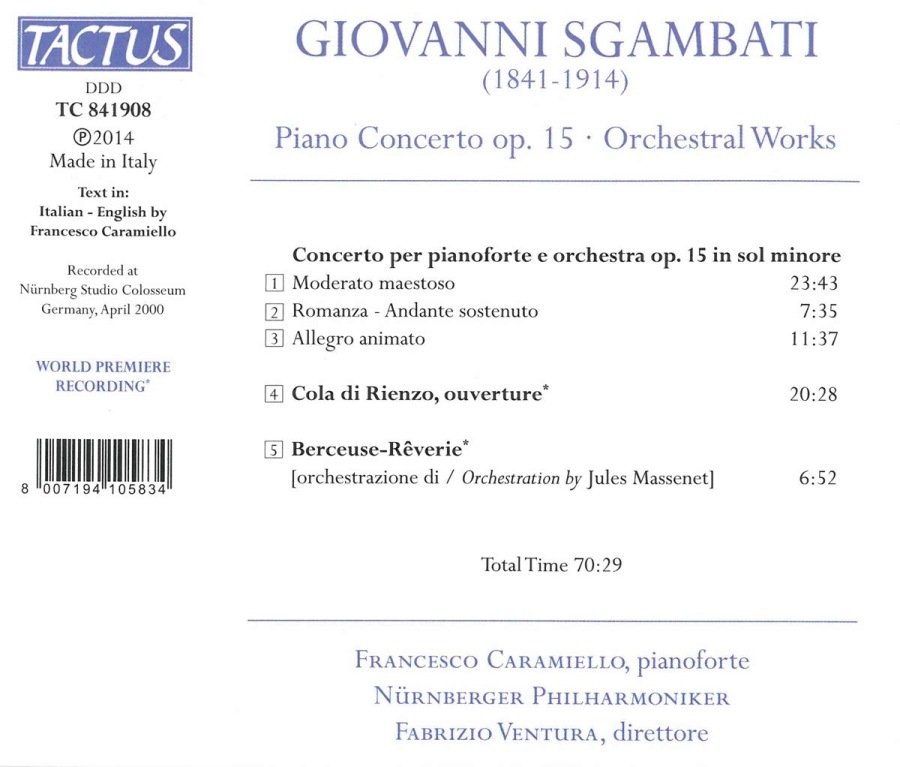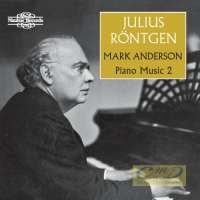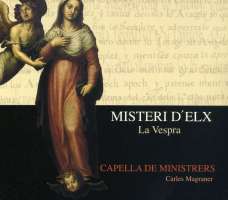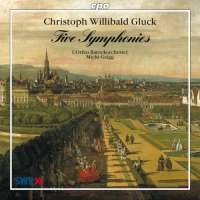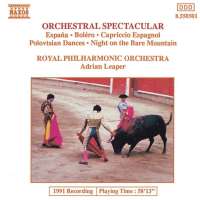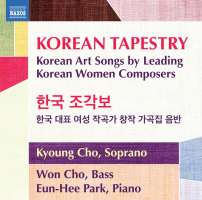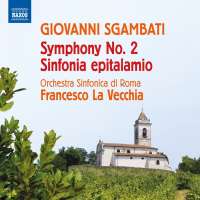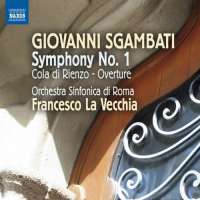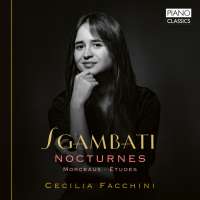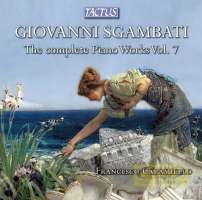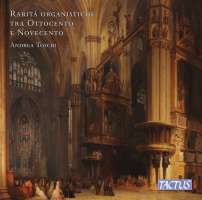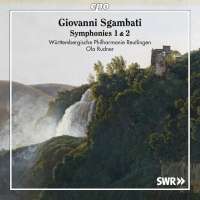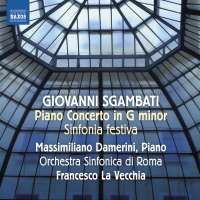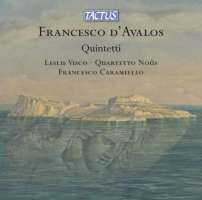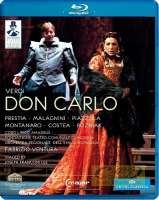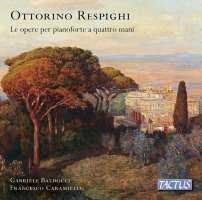
kompozytor
Sgambati, Giovanni
tytuł
Sgambati: Piano Concerto op. 15 Orchestral Works
wykonawcy
Caramiello, Francesco;
Nürnberger Philharmoniker;
Ventura, Fabrizio
Nürnberger Philharmoniker;
Ventura, Fabrizio
nr katalogowy
TC 841908
opis
The Concerto for piano and orchestra in G minor op. 15 (whose opus number was given by the publisher: Sgambati had called this piece op. 10) was composed between 1878 and 1880, and is the first work of this kind in the second half of the nineteenth century. In the monumental structure of this concert, which is the piano writing, which is the utmost degree of masterly inventiveness, is placed at the service of a fully symphonic form. So in this work, Sgambati showed that his vocation was that of symphonist (this vocation, which he had already revealed in advance with two overtures, Cola di Rienzo, 1866, and Festive Overture, 1878, would later be confirmed by him with three subsequent symphonies): the prolonged orchestra sections of the first movement, and the perfect integration between the plan and the orchestra in the final movement, demonstrate it. The overture for Peter Cossa's Cola by Rienzo is one of Sgambati's first symphonic works (together with the Festive Symphony and some short pieces such as Joke-Waltz and March-Hymn: the composer's transcriptions for the piano for four hands of Festive Symphony and March-Hymn are included respectively in the seventh and second volume of his Complete Piano Works). The CD ends with a transcription: Jules Massenet's small-orchestra instrumentation of Berceuse-Rêverie, second piece of Trois Morceaux op. 42, the last collection of piano pieces composed by Sgambati and published in 1909 (included in the second volume of his Complete Piano Works). The exquisite texture of this piano piece, which is imaginary, long-for-past, like certain Pre-Raphaelite paintings, is expressed in a subtle, hazy colors by a delicate orchestration that highlights its European taste.
nośnik
CD
gatunek
Muzyka klasyczna
producent
Tactus
data wydania
02-06-2014
EAN / kod kreskowy
8007194105834

(Produkt nie został jeszcze oceniony)
cena 58,00 zł
lubProdukt na zamówienie
Wysyłka ustalana indywidualnie.
Darmowa wysyłka dla zamówień powyżej 300 zł!
Darmowy kurier dla zamówień powyżej 500 zł!
sprawdź koszty wysyłki